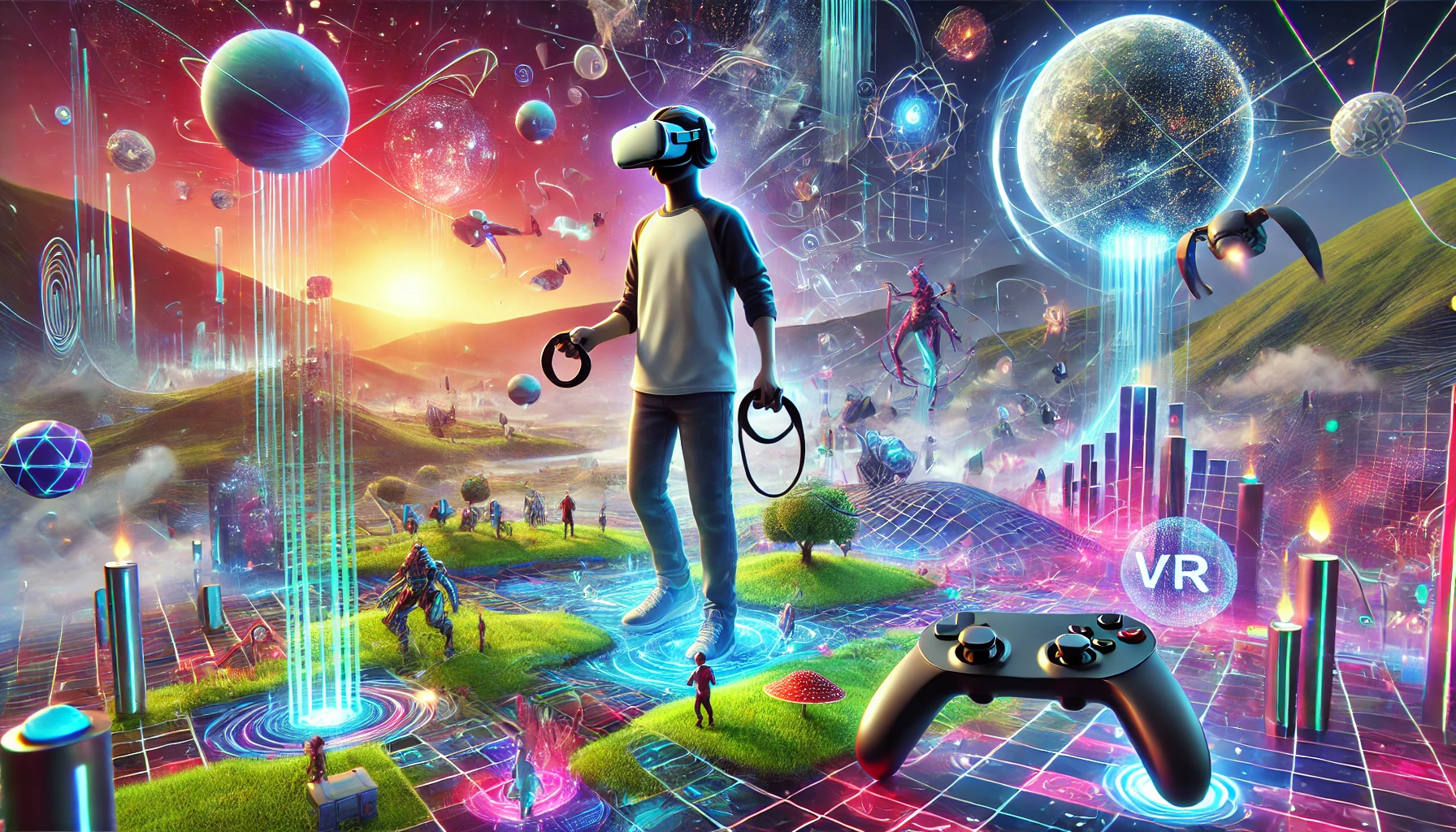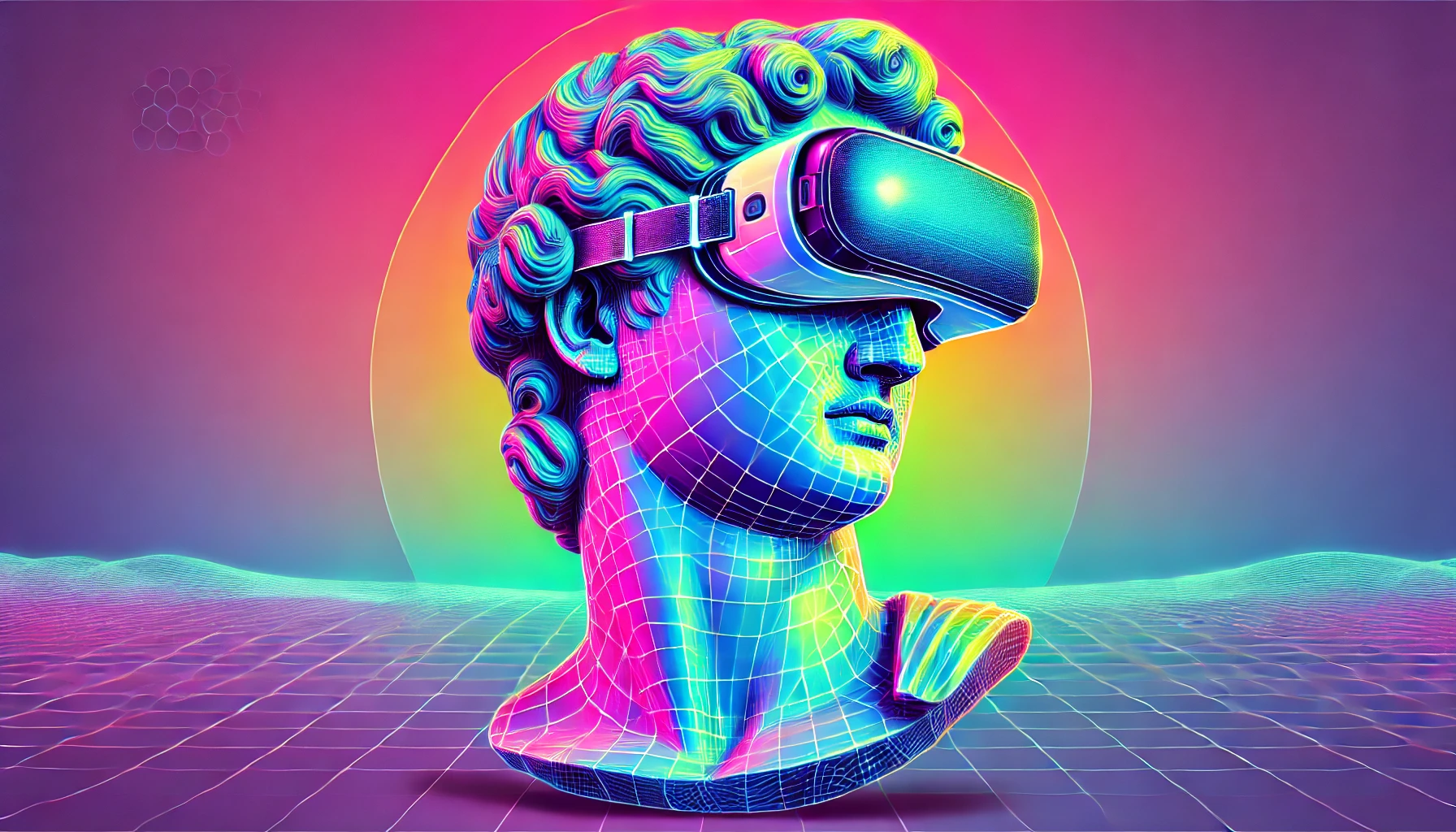Augmented Reality (AR) is a transformative technology in which the digital and physical domains blend smoothly to boost daily life’s immersive experiences. Devices like smartphones, tablets, and specialized AR glasses integrate digital content into the real world. A camera or sensor, a processing unit, and a display are the typical key components on which AR technology relies. The real-world environment is captured by the camera. Analysis of data which includes identification of surfaces and objects is done through the processing unit. The projection of digital content into the real world is done with the help of display.
Listen to this Episode on Spotify
Application of Augmented Reality in the real world
Here is a breakdown of AR’s application in the real world:
- Environmental Contextualization: Sensors and cameras are used to scan the surroundings in AR coordination. It involves the understanding of patterns, shapes, distances, surfaces, environment, etc.
- Positioning: After the recognition of the environment, the user’s position motion, and location are tracked through the AR system. It is necessary so the digital content aligns with the user’s real world.
- Exhibition: Once the tracking is done, augmented content is created by the system that is displayed on the user’s device. It could include text, animations, 3D models, or other digital information. It allows users to interact with the augmented content through gestures, voice commands, and by tapping on the virtual object being displayed on the screen.
Usage of Augmented Reality
Many fields include the versatility usage of AR which are:
- Digital gaming: In digital gamingvirtual elements are added into the real world for example virtual characters can be seen moving in the player’s physical environment through AR. Its prime examples include Pokémon GO and Ingress and Harry Potter: Wizards Unite
- Scholarly advancement: Interactive and immersive content is provided through AR which increases the learning experience. 3D models of historical artifacts are more accessible for the students, virtual science experiments are hassle-free, less danger is involved and they have become less tiring on the teachers’ part.
- Retail: Visualization of products in customers’ own space is being made possible through AR. Retailers’ choice of incorporating AR into business has made their work much easier. Less labor is involved in convincing the customers. For example., home décor is less stressful as the sofa a customer wants to purchase and they are unsure about the final look of their living space can have a virtual look before buying it.
- Healthcare: Patient anatomy and surgical procedures are being assisted by AR as overlaying critical information is accessible for the surgeon’s view. Simulation of complex procedures is also enhanced by medical training.
- Navigation: AR navigation uses real-time data to navigate directions to the user’s view which saves a lot of time and effort to find the right path to the destination. AR is being used in applications like Google Maps that not only help users with directions but also show the distance to the destination and calculate the time based on the user’s means of transportation.
Promising Future of Augmented Reality
It can be said that AR has a promising future. The expanding range of applications and continuous technological advancements indicate more potential development. Meta (formerly Facebook) is investing heavily in the space of production of AR glasses and headsets and these are expected to be a part of everyday use products. The AR experience will be enhanced by the 5G network because of fast data transfer and reduced lacks and apps will be more responsive. Collaborations of AR and AI will open more gates to a brighter future. New applications will be made to assist human beings that will deal with them according to their behavior and preferences. Virtual presence will not be considered any less than physical presence and even remote collaborations will have the potential to make people work together regardless of their different physical spaces, fields like engineering and design will value this progress of AR. Other than that, virtual museums and historical site tours would be made possible through AR. Learning about different cultures and their values would be made much easier as the AR technology matures.
Conclusion
Augmented Reality will alter the ways by which we have been interacting with the world around us. The ability to blend digital content with the physical reality of the user will open up new gates for the upcoming generation in the fields of health care, education, retail, games, and entertainment as well. There is a bright future for AR if technological advancements will keep making waves at the same pace. As we push the boundaries of augmented reality, its transformative power is redefining our relationships, environments, and possibilities.

 Tech8 months ago
Tech8 months ago
 Tech8 months ago
Tech8 months ago
 Health and Fitness7 months ago
Health and Fitness7 months ago
 Entertainment6 months ago
Entertainment6 months ago
 Health and Fitness7 months ago
Health and Fitness7 months ago
 Fashion7 months ago
Fashion7 months ago
 Celebrities7 months ago
Celebrities7 months ago
 Crime6 months ago
Crime6 months ago



